NASA has selected two university teams to develop drone technologies tackling real-world aviation challenges, focusing on hurricane relief and securing air traffic systems against cyber threats. Funded through NASA‘s University Student Research Challenge (USRC), each team receives up to $80,000 to advance aeronautics research with practical applications for drone professionals and the aviation industry.
Drones for Disaster Response
North Carolina State University’s team, led by Tobias Hullette, is developing unmanned aircraft systems (UAS) that can locate stranded individuals after natural disasters and deliver essential supplie.
Titled “Reconnaissance and Emergency Aircraft for Critical Hurricane Relief,” the project builds on a concept that earned the team a finalist spot in NASA’s 2024 Gateways to Blue Skies competition.
The drones will operate in challenging post-disaster environments, requiring advanced navigation and communication capabilities. This could open new roles for professional drone pilots in emergency response, reducing risks to human responders.
“USRC continues to be a way for students to push the boundary on exploring the possibilities of tomorrow’s aviation industry,” said Steven Holz, who manages the USRC award process.
The team, including Jose Vizcarrondo, Rishi Ghosh, Caleb Gobel, Lucas Nicol, Ajay Pandya, Paul Randolph, and Hadie Sabbah, with faculty mentor Felix Ewere, must also raise additional funds through student-led crowdfunding. This process builds skills in entrepreneurship and public engagement, potentially increasing visibility for drone-based relief efforts.

Cybersecurity for Drone Traffic Management
Texas A&M University’s team, led by Vishwam Raval, is addressing cybersecurity for UAS Traffic Management (UTM) systems, essential for integrating drones into shared airspace. Their project, “Context-Aware Cybersecurity for UAS Traffic Management,” develops a network authentication system to detect and counter cyber threats in real time.
As drone operations expand, secure UTM systems are critical to prevent disruptions or attacks, directly impacting professional pilots navigating increasingly crowded skies.
The team, including Nick Truong, Oscar Leon, Kevin Lei, Garett Haynes, Michael Ades, Sarah Lee, and Aidan Spira, with faculty mentor Sandip Roy, aims to support future drone traffic control systems.
“For others, they may be taking their ideas from our Gateways to Blue Skies competition and bringing them closer to reality,” Holz noted about the program’s impact on student innovation.
This technology could streamline regulatory approvals for beyond-visual-line-of-sight (BVLOS) operations, which often face delays due to safety concerns. The project aligns with the Federal Aviation Administration’s efforts to establish robust UTM frameworks, potentially shaping standards for commercial drone operations.
Broader Impacts for Aviation
These projects highlight drones’ growing role in humanitarian and operational contexts. The hurricane relief UAS could lead to new certifications for emergency response drones, enabling faster, safer disaster recovery. The cybersecurity work may accelerate secure UTM adoption, supporting scalable drone operations. For the industry, these advancements could reduce costs by minimizing reliance on manned systems while enhancing airspace safety. Drone professionals may need to adapt to new skills in navigation, communication, and cybersecurity compliance.
NASA’s investment, totaling up to $160,000, reflects its commitment to fostering student-led innovation. Both teams will refine their technologies over the coming months, with potential for real-world testing. These efforts could redefine how drones support communities and integrate into aviation systems, offering significant benefits for pilots and the public.
Featured photo courtesy of North Carolina State University.
Discover more from DroneXL.co
Subscribe to get the latest posts sent to your email.
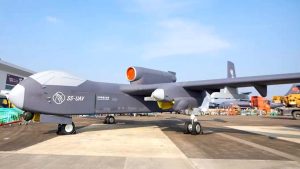
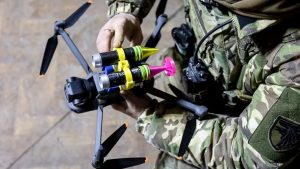

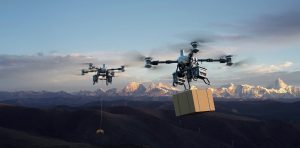





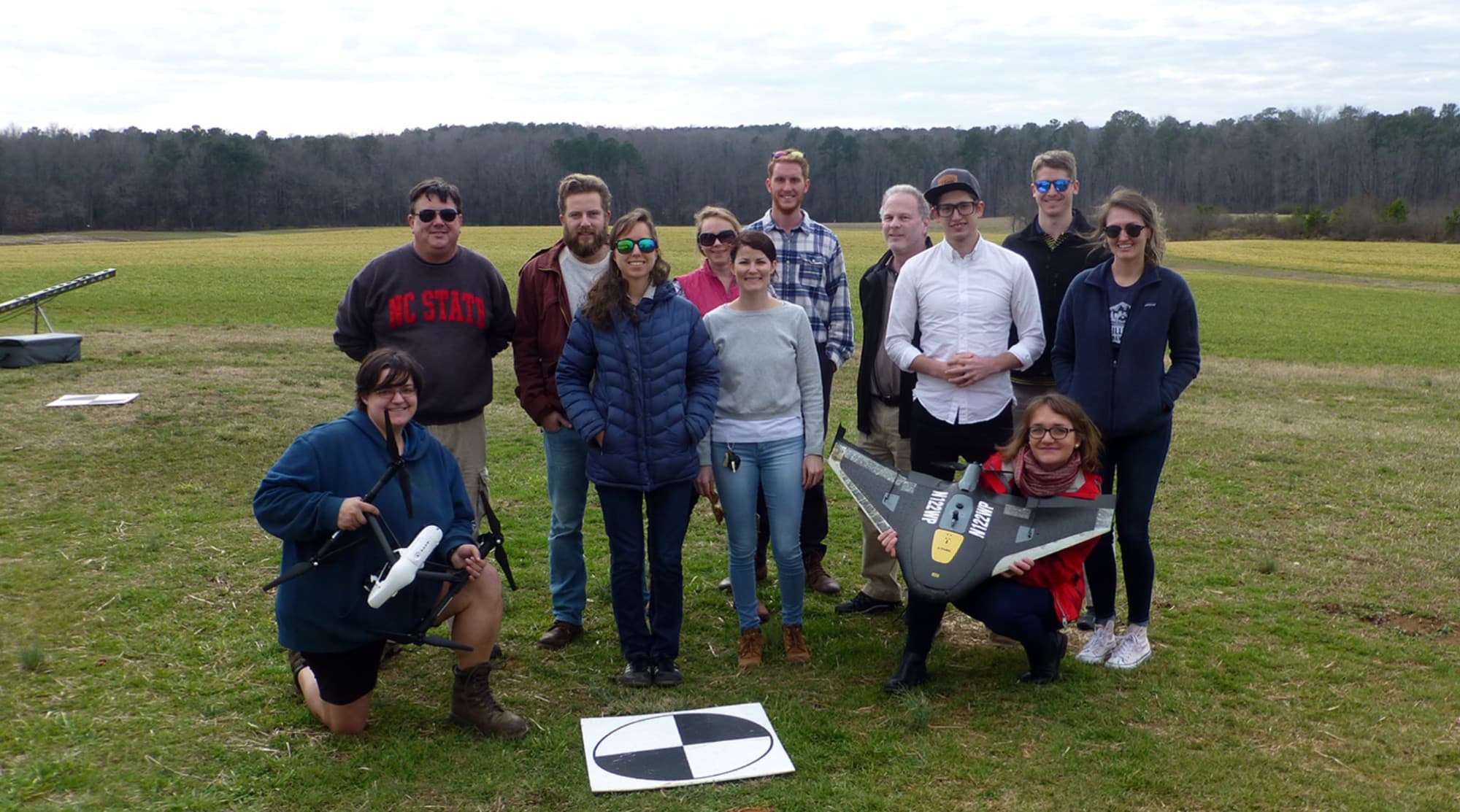
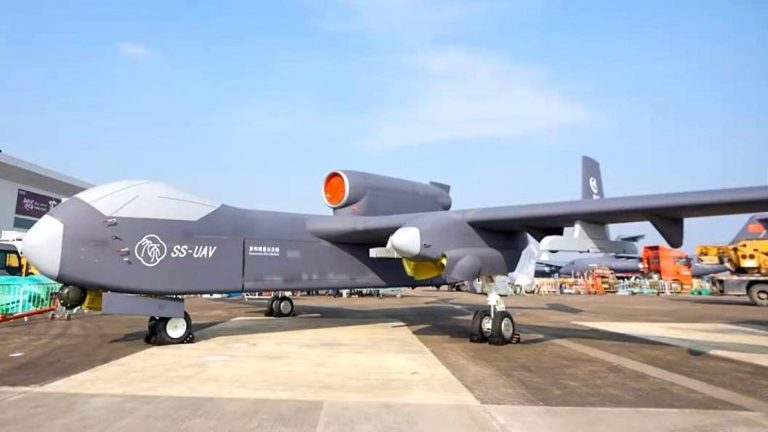


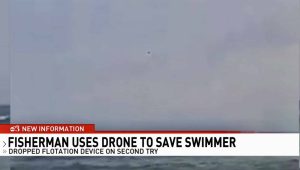

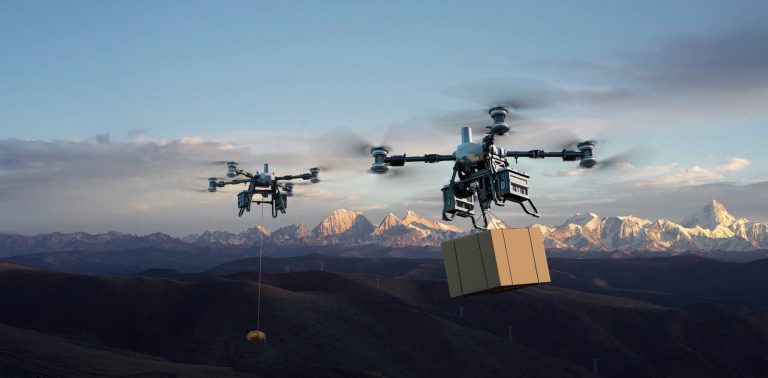

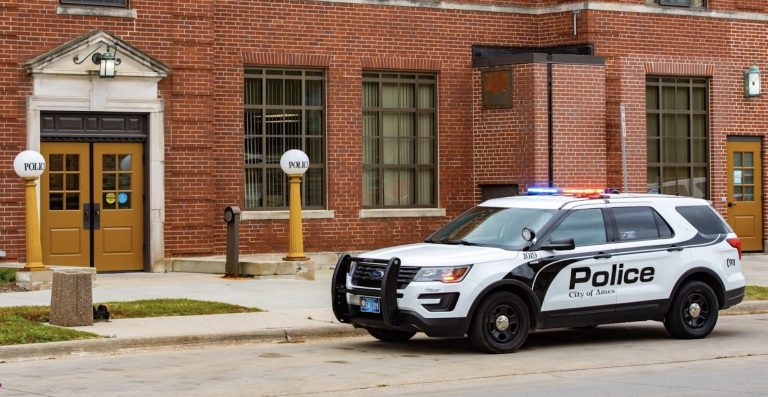


+ There are no comments
Add yours